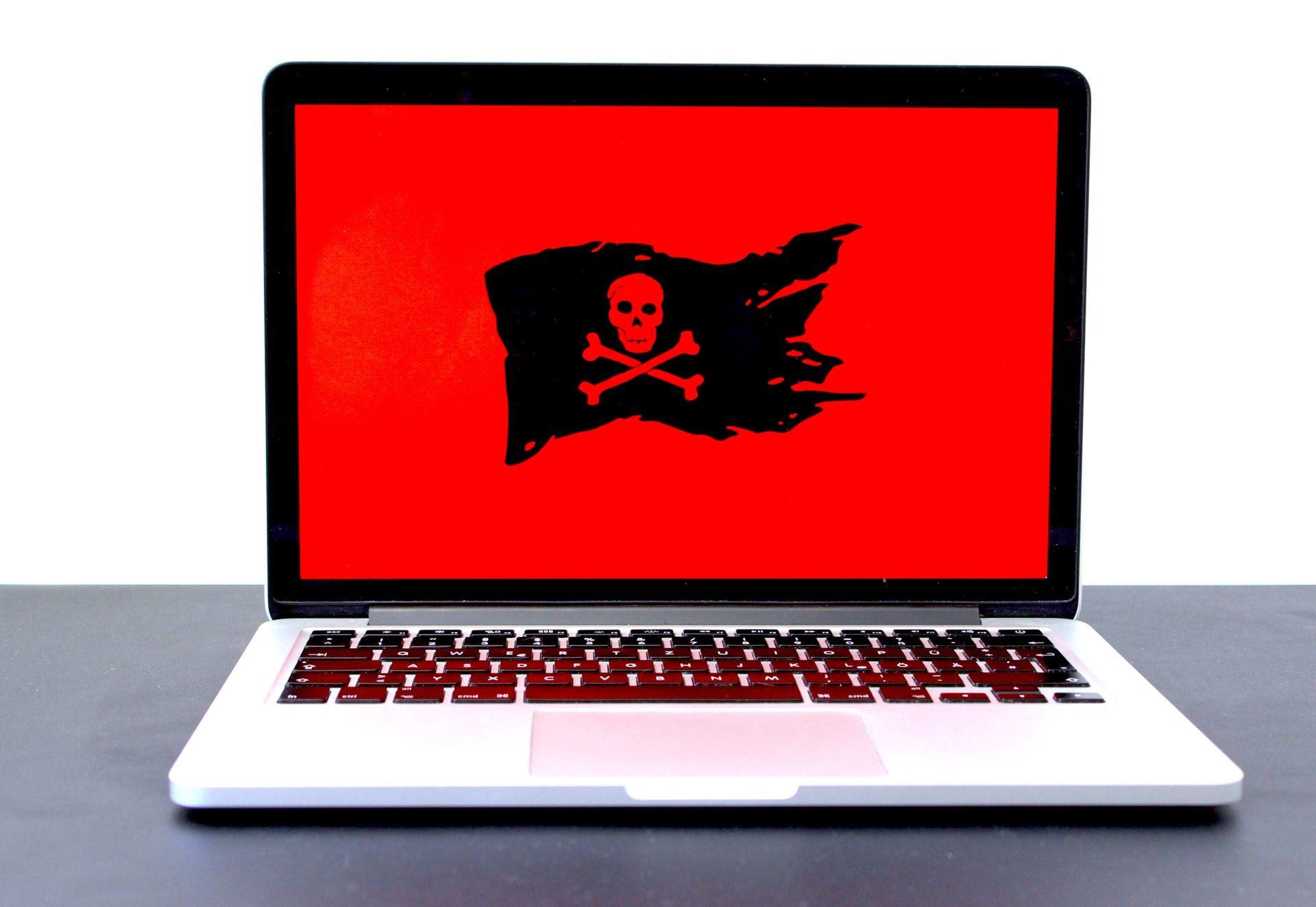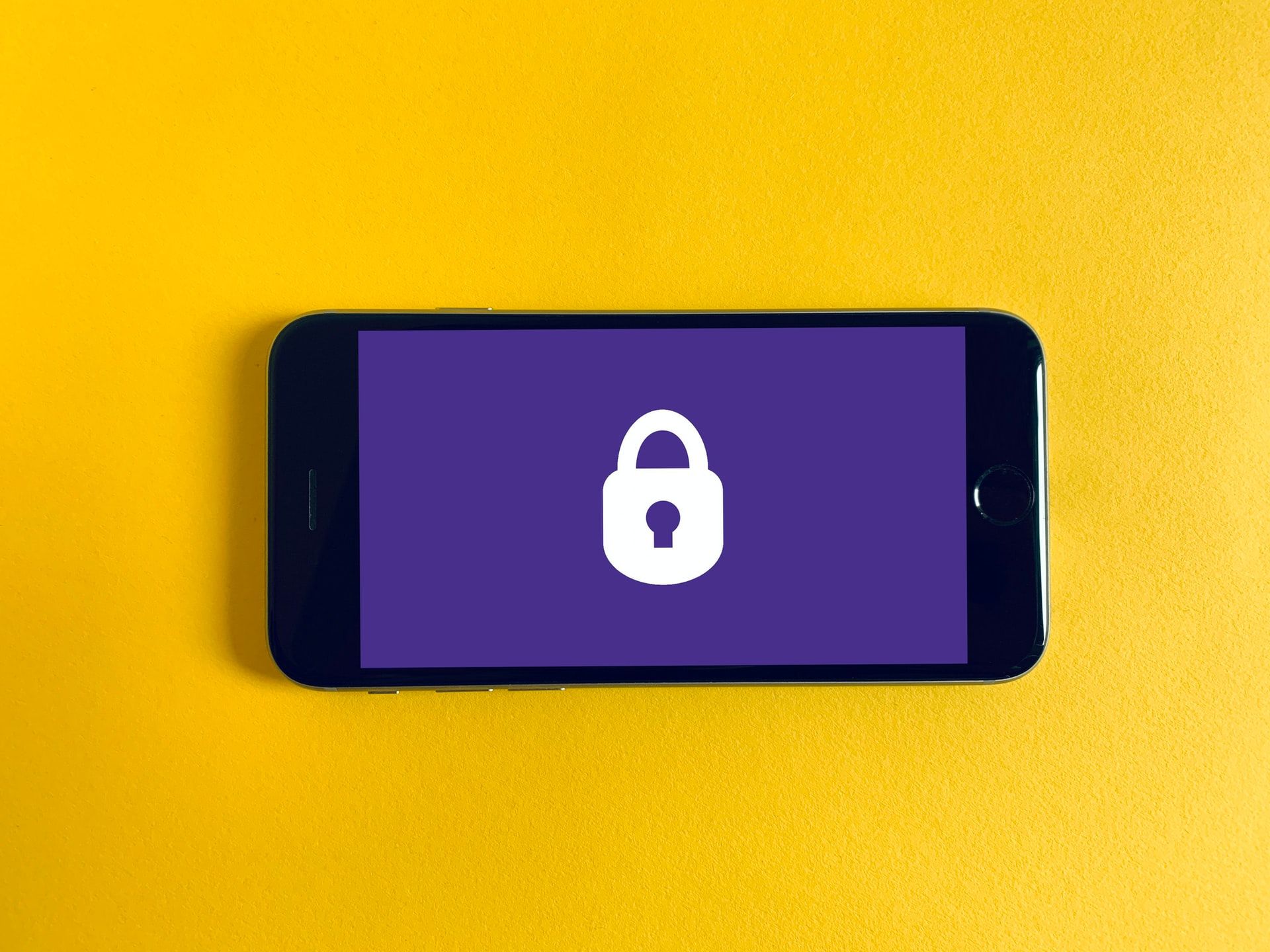Adobe Flash Player has been an online giant for over a decade now. You’ve most likely used it several times even without noticing. Adobe Flash is a staple plugin in most browsers from Chrome to Internet Edge and Firefox.
But what happens now that Adobe has stopped supporting it? Can outdated plugins be a threat to your online security?
What Is Adobe Flash Player?
Adobe Flash Player is a piece of software that runs multimedia files in numerous browsers. You might be more used to calling it Shockwave Flash if you use Internet Edge, Firefox, or Google Chrome.
First created in 1996, Adobe Flash Player allows your browser to run a variety of media online from video and audio to games and web apps. However, while Flash made it easy to browse media-rich websites without needing heavy software or complex programming languages, it has always presented some security risks. As early as 2010, Steve Jobs, the late founder of Apple, published a letter criticizing Flash for being unreliable, power-intensive, and littered with security drawbacks.
But that still didn’t stop millions of people from using it on a daily basis in their browsers (and crediting it for the best online games of their childhood).
But now that Adobe Flash is officially dead, the risks are greater than ever.
What Does It Mean for Software To Die?
Yes, software can die.
When software dies, however, it doesn’t disappear. You can still install and use it as if nothing happened. But that certainly doesn't mean you should.
Software death means it's stopped receiving updates, whether from its parent company if proprietary software, or the community if it’s open source. When updates aren't issued, that doesn’t just mean software won’t be getting any new features—it also won’t be receiving vulnerability patches to fight emerging security and privacy threats.
Additionally, after a while, newer software, apps, and devices no longer support the dead software. They, instead, focus on compatibility with its successors.
What Dangers Does Outdated Software Have?
No matter how much you like using Adobe Flash Player, or how convenient it is, continuing to use dead software poses more risks compared to the limited benefits.
Because there’s no such thing as bug-free software. Yes, even apps from big-name companies suffer with vulnerabilities and glitches. Updates often fix bugs that hackers could exploit, and patch up other remaining security gaps. Without regular updates, security measures that used to be safe a year ago are now easy to exploit even by amateur hackers and malware.
But security and privacy aren’t the only drawbacks of outdated software.
Your dead software can become so outdated, it can cause your operating system to crash, result in issues in other apps and software, and, worst of all, you could lose a lot of work.
How To Protect Yourself From Outdated Software
If you’re pretty lax when it comes to software updates, or rarely read the notification and alert messages your apps send, it can be easy to find yourself using outdated software long after its demise.
While you don’t have to completely immerse yourself and become tech-savvy overnight, there are a couple of steps to take and habits to get into to avoid still using outdated software.
For one, you should follow technology news. Simply reading about software you use and their manufacturers can let you know whether there are reports of a serious bug, or if they’re no longer supporting it. Adobe has been publicizing the demise of Flash for years.
Secondly, always update your software. Most desktop software send out regular notifications letting you when there’s a new update available. Sure, you can postpone it to when you’re not busy using your device or software but make sure to update it as soon as possible.
You can set your browser to automatically update extensions. Chrome is pretty on-the-ball with updates, for instance, but if you notice one still needing installation (because your browser works to its own schedule), don't be afraid to do it yourself.
And make sure you uninstall outdated or unsupported software.
Dead software isn’t just the result of a parent company abandoning it. Maybe the device you’re using is so old that new updates no longer cater for it. If that’s the case, your only options are to upgrade your device or uninstall the software altogether.
Are There Flash Alternatives?
Before Adobe abandoned Flash Player, a lot of websites realized its drawbacks and dangers, and made the switch to HTML5. One of the biggest game-changers was Google Chrome switching over from Flash to HTML5 as of late 2016.
Still, not all websites stopped using Flash. And luckily, you can still access older websites without sacrificing your online security. Some alternatives are less known but do just as good a job running Flash elements without the drawbacks of continuing to use the player itself.
WebAssembly Ruffle
WebAssembly Ruffle is an Adobe Flash Player emulator that can run older formats, elements, and web apps in various languages as such JavaScript and C++.
With a reputation as the most popular Adobe Flash Player replacement, Ruffle is compatible with Windows, iOS, and Linux, as well as desktop and mobile browsers.
Lightspark
If you’re looking for an open-source alternative, then Lightspark's got your back. It’s a free browser plugin in C++/C, capable of operating all Adobe Flash formats from videos to games and music. However, it’s only available for Windows and Linux.
WebGL
WebGL is another open-source alternative to Adobe Flash Player that allows you to run interactive 3D and 2D elements implemented on a webpage. This includes anything from graphics and music, to videos and games.
The Legacy of Adobe Flash Player
Just like other types of technology, physical or digital, Adobe Flash needs to make room for newer tech that builds on it and performs better. Uninstalling Adobe Flash for a safer alternative is essential for a safer and more streamlined browser experience.




